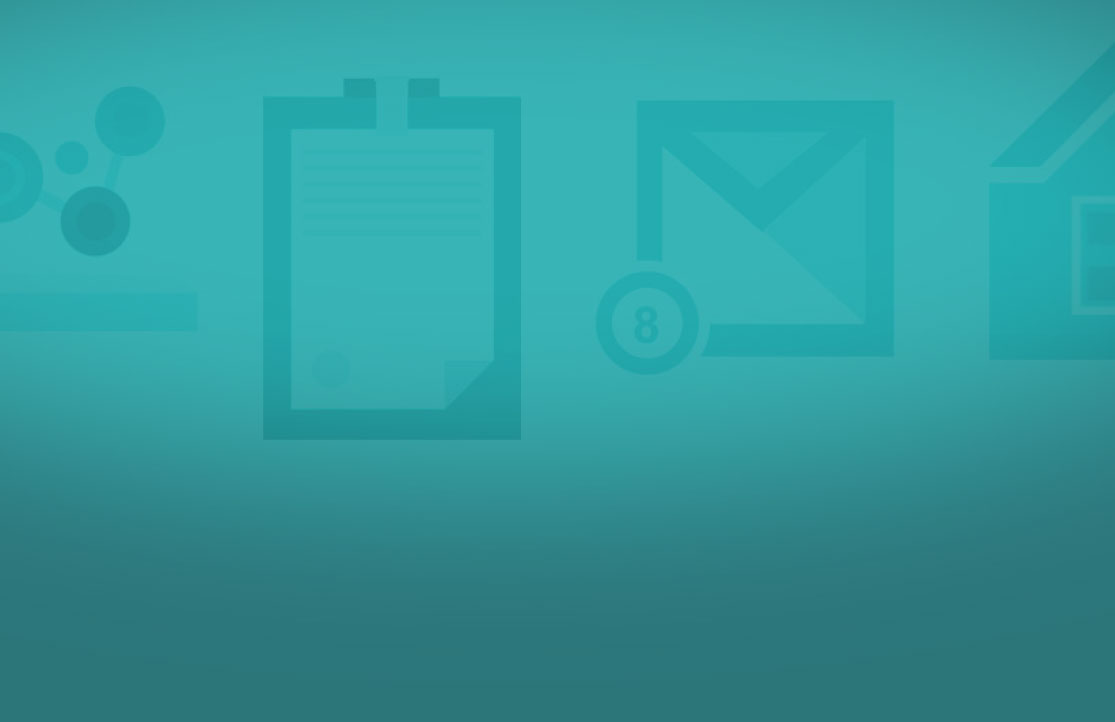
Certified Coach
Course Code:
TOCO
Duration:
6 Days / 48 Hours
Fees: 2790$
Course Code:
TOCO
Duration:
6 Days / 48 Hours
Fees: 2790$
Coaching is a branch of knowledge and a practice that is an essential competence for any education professional. Coaching creates an appropriate environment for innate talents to stand out, for goals to be accomplished, and for visions to be realized. This happens no matter what the case is, whether an external coach helping a manager to improve his own skills, an internal coach directing a supervisor to more participatory style, or a director using coaching tools to achieve organizational strategy.
Professional trainers, learners and developers must rely on an increasingly complex set of skills. In case your job requires you to provide “coaching” to individuals, groups, teams and organizations, this training is a great assistance. This program aims to present needed practical techniques, not only to provide coaching to clients effectively, but also to measure and follow up on the progress. At the end of this training you will be able to return to your workplace and apply your own coaching tools.
This program is for trainers and educational & training consultants who participant in designing and provide training for customers, whether external or internal.
At the end of this training program you will be able to:
Fundamentals
Coaching in the workplace
Encouraging a Culture Applying Coaching
Where is Coaching in the System?
Coaching Map in 4 Steps & Activities for each step
Coaching Definitions, Roles & Dimensions
Elements of Intentional Coaching
How to Create a Coaching Plan for Self-Development?
Planning & Implementing a Coaching Program
Communicating Effectively
What Supports Effective Communication?
What is Dialogue?
Coaching Model in 4 Steps
Listening
Self-Evaluation for Listening
How to build Strong Questions?
How to create Support Dialogue?
8 Dialogue Tools for Context and Framing
4 Dialogue Tools for Paving the Way
Discovering Real-Time Data
Connect with the Client
15 guidelines for building credibility
What are the ethics of coaching
How to attend coaching and its goal
The appropriate relationship between the coach and client
Discover how to assess readiness
Use a Tool to Predict Organizational Change Readiness
How to Develop and Sustain Rapport
8 Guidelines for Reflecting Feeling Skills
4 Guidelines to Use Encouragers in best way
5 Guidelines to Observe Behaviors
How to draft Coaching Agreements
Assemble Plans
7 Data Collection Standards
Why Data Collection is Important?
Data Collection & Analysis
How to Evaluate Coaching Needs?
7 Data Collection Sources and Methods
Most Important Data Collection Methods in a Comprehensive Table
How to choose the Best Method to Collect Data?
12 Important Data Collection Obstacles
How to Sort Data?
How to Design & Take Actions?
The Coach as a Guide
Creating Full Work-Plan
Creating Tasks/ Work Materials
Coach as a Motivator
Use Process-Steps Worksheet
Coach as a Teacher
Continue and Support Progression
How to Help the Client who is Stuck?
Discovering Barriers & Strategies to help the Client who is Stuck
How to Deal with Resistance?
Signs of Discomfort & Resistance
8 Guidelines for Dealing with Resistance and Challenges
How to Monitor Client Progress?
Three Tools to Track the Progress
How to Extract Lucrative Strategies?
Importance of Achieving Goals Celebration
Have Results Shared
How to Measure Coaching Results?
5 Steps to Measure the Return on Investment
Discovering Coaching Levels Evaluation and Methods
How to Develop Measuring Plan?
How to Evaluate Coaching Provision Services?
Apply Self-Evaluating
5 Steps to Measure the Return on Investment
Sample Study about Calculating Return on Investment
What is the Continuous Improvement Process?
How to create “Lessons Learned” Work-Sheet
Applying Final Conversation Check List
Challenging Coaching Case Studies & Scenarios
Coach as a Monitor